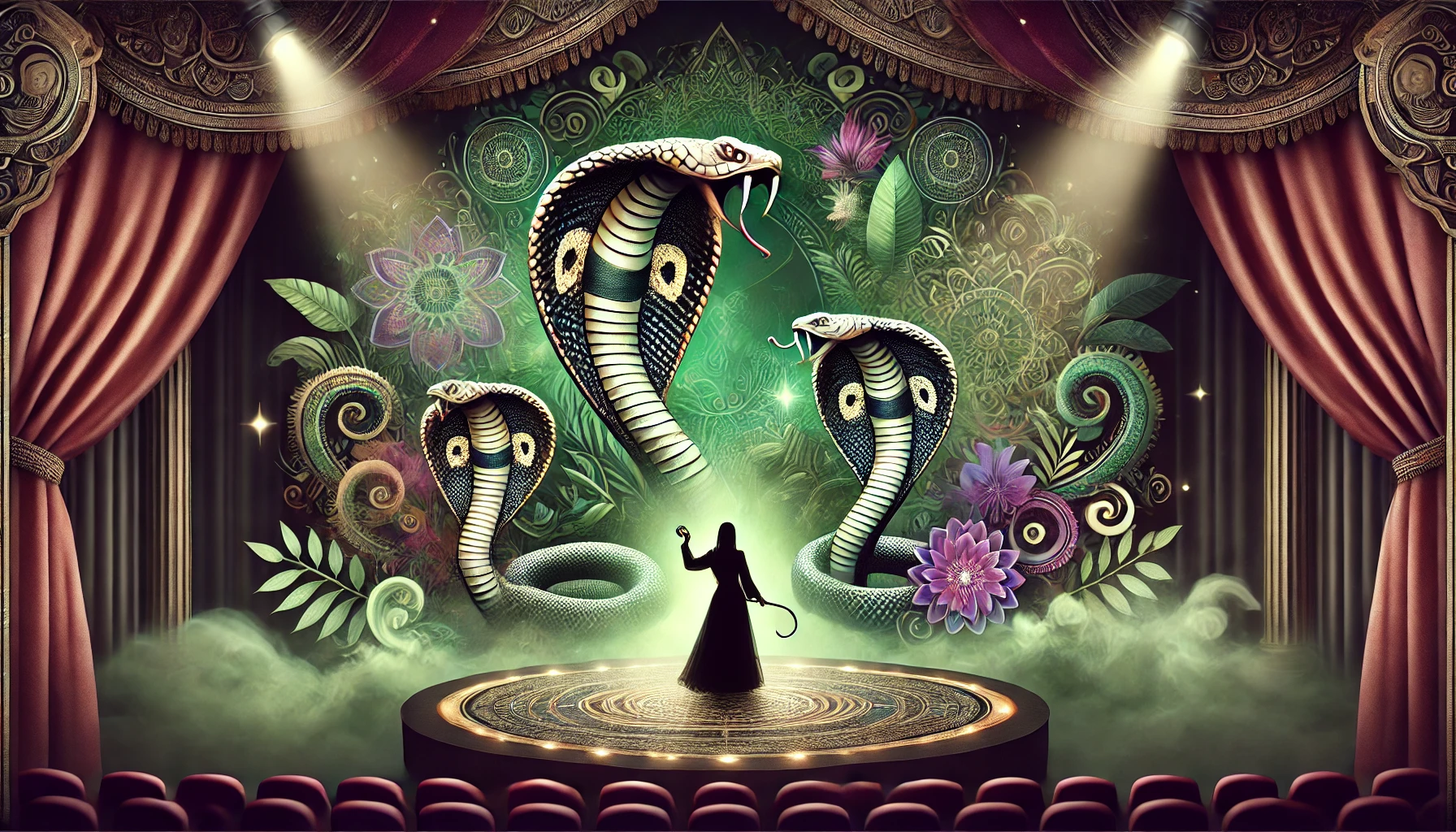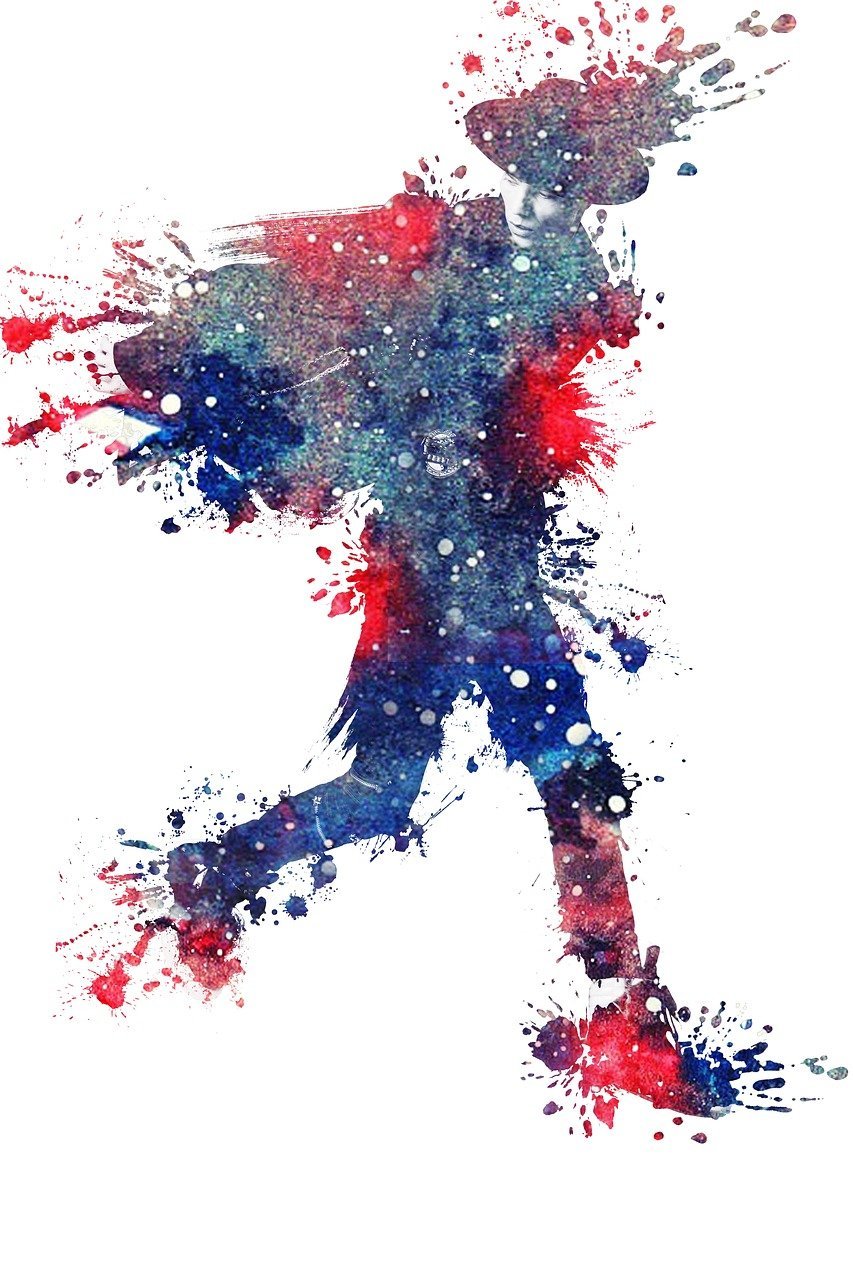The world of theater is constantly evolving. One captivating trend that has emerged is cobra scenic on stage. This concept blends artistry, technology, and cultural symbolism, creating mesmerizing performances that enchant audiences. This article explores the fascinating world of cobra scenic performances, focusing on its history, innovative techniques, audience interaction, cultural significance, and future possibilities.
What is Cobra Scenic on Stage?
Cobra scenic on stage refers to incorporating live cobras, realistic replicas, or human performers embodying serpentine movements into theatrical productions. This innovative approach combines several elements:
- Animal handling: Skillful management of live snakes by trained professionals.
- Set design: Elaborate environments that enhance the cobra theme.
- Choreography: Dance and movement that mimic the fluidity of serpents.
- Lighting effects: Dramatic illumination that highlights the beauty and danger of cobras.
- Sound design: Incorporating hissing or rattling noises to immerse the audience in the experience.
Together, these components create a captivating spectacle that draws audiences into a world where the essence of the cobra comes alive.
The History of Snakes in Performance
The use of snakes in performances has a rich history that spans across cultures and centuries. Understanding this background adds depth to the concept of cobra scenic on stage.
Ancient Roots
- Ancient Egypt: Snakes were revered, often associated with deities and royal power. Snake charmers played significant roles in religious rituals.
- Indian Snake Charmers: For thousands of years, Indian performers have entranced audiences with their artistry, showcasing the beauty and danger of snakes in their acts.
- Native American Traditions: Many tribes performed ceremonial snake dances, believing they brought spiritual protection and blessings.
Modern Evolution
The concept of cobra scenic on stage began to evolve in the late 20th century:
- Cirque du Soleil: This pioneering company integrated acrobatics with animal-inspired movements, laying the groundwork for modern performances.
- Avant-Garde Theater: Experimental theater companies began incorporating live animals, exploring new artistic boundaries.
- Advancements in Technology: The rise of special effects and animatronics has allowed for safer, more controlled snake performances, enhancing the overall experience.
Innovative Techniques in Cobra Scenic Design
Creating a compelling cobra scenic performance requires a blend of traditional techniques and modern innovations. Here are some methods used in the art of cobra scenic on stage:
Live Cobra Handling
For productions that utilize actual cobras, safety is paramount:
- Trained Animal Handlers: Performers work closely with highly trained professionals who understand snake behavior.
- Strict Safety Protocols: Regulations are in place to protect both the animals and the performers. This ensures a safe and enjoyable experience for everyone involved.
Animatronic Cobras
Many productions opt for hyper-realistic animatronic snakes, which offer several advantages:
- Lifelike Movement: These robotic creations can be programmed to mimic the fluid motions of real cobras, creating a convincing illusion.
- Safety: Using animatronics eliminates the risks associated with live animals, allowing for more controlled performances.
Human Performers as Cobras
Some shows feature dancers or acrobats embodying the essence of cobras. This approach brings a unique twist to the performance:
- Extensive Training: Performers learn to replicate snake-like movements, enhancing the believability of the act.
- Costuming and Makeup: Specialized costumes and makeup help to create a seamless transformation from human to cobra.
Set Design and Props
The environment plays a crucial role in enhancing cobra scenic performances:
- Elaborate Set Pieces: Stages may be designed to replicate the natural habitats of cobras, immersing the audience in the performance.
- Dynamic Modular Sets: These allow for quick scene changes, keeping the audience engaged and enhancing the storytelling.
Lighting and Sound
Technical elements are vital for creating the right atmosphere:
- Dramatic Lighting: Creative use of light can enhance the mystery and allure of cobras, drawing the audience’s attention to key moments.
- Sound Effects: Incorporating hissing, rattling, and other snake-related sounds adds to the immersive experience, making the performance more engaging.
Audience Experience and Interaction
One of the most captivating aspects of cobra scenic on stage is how it engages audiences. Performances are designed to create memorable experiences:
- Immersive Atmosphere: The combination of live action, animatronics, and sound effects pulls audiences into the performance, making them feel part of the experience.
- Emotional Connection: The fluid movements and mystique of cobras evoke a range of emotions, from fear to excitement, creating a lasting impression.
Audience Reactions
Feedback from audiences is often overwhelmingly positive. Many describe feeling entranced by the visual and auditory elements of the performance. Some common reactions include:
- Awe: Viewers often express amazement at the lifelike portrayal of cobras, whether through live animals or animatronics.
- Curiosity: The unique nature of cobra scenic performances sparks discussions about the symbolism and cultural significance of cobras.
Cultural Symbolism in Cobra Representations
Cobras hold deep cultural meanings across various societies. Their incorporation into performances often carries symbolic weight:
- Power and Rebirth: In many cultures, cobras symbolize strength and transformation. This symbolism resonates deeply in theatrical storytelling.
- Cross-Cultural Appeal: The universal fascination with snakes allows for diverse interpretations, making cobra scenic performances relevant in global theater contexts.
The Role of Culture
Understanding the cultural significance of cobras enhances the audience’s appreciation of the performances. It adds layers of meaning that resonate with viewers, enriching their experience.
Challenges and Controversies
While cobra scenic on stage has garnered attention for its innovation, it’s not without its challenges. Several key issues need addressing:
Animal Rights Concerns
Activists often raise ethical questions about using live cobras in performances. Issues include:
- Defanging and Alteration: Some productions have been criticized for defanging or altering cobras for safety. This practice raises serious ethical questions about animal welfare.
- Alternatives: Many productions are now opting for animatronic cobras or human performers to avoid these ethical dilemmas while still achieving a mesmerizing effect.
Safety Risks
Using live cobras can pose safety challenges. High-profile incidents involving escaped snakes have made headlines, leading to:
- Complex Liability Issues: Productions must navigate insurance and liability concerns when incorporating live animals.
Cultural Sensitivities
Some argue that the use of cobras in Western theater appropriates Eastern cultural practices. Balancing authenticity with artistic interpretation can be complex:
- Respectful Representation: It’s essential for productions to approach cultural elements with respect and understanding to avoid cultural appropriation.
Future Innovations in Performance Arts
As technology continues to advance, the future of cobra scenic on stage looks promising. Here are some exciting developments on the horizon:
Virtual and Augmented Reality
Emerging technologies could revolutionize cobra scenic performances. Imagine a world where:
- VR Experiences: Audiences can engage with cobra performances in virtual environments, experiencing the action up close without safety concerns.
- Holographic Projections: Future performances may incorporate lifelike holograms of cobras, creating stunning visuals without the need for physical animals.
Biomimicry Advancements
Research into snake locomotion could lead to even more realistic animatronic cobras. Innovations in soft robotics might enable smoother, more lifelike movements, enhancing the illusion of reality on stage.
Ethical Alternatives
The ongoing discussion about animal rights has sparked interest in developing cruelty-free alternatives to live animal performances. This includes:
- Human Performers: Increasingly, productions are opting for skilled dancers and acrobats to embody the characteristics of cobras.
- Cross-Cultural Collaborations: International productions may blend various cultural perspectives, enriching the artistic experience.
Conclusion
Cobra scenic on stage represents a fascinating intersection of art, technology, and nature. From its ancient roots in religious rituals to its modern-day manifestations, the allure of the cobra continues to captivate audiences. As the art form evolves, it challenges us to reconsider our relationship with these enigmatic creatures.
By pushing the boundaries of creativity, cobra scenic performances leave audiences spellbound. With ongoing innovations in technology and a growing awareness of ethical considerations, the future of cobra scenic on stage promises to be as mesmerizing as the performances themselves.
In the world of theater, the hypnotic dance of the cobra will continue to enchant and provoke discussions about performance, animal rights, and the limitless possibilities of human imagination.



